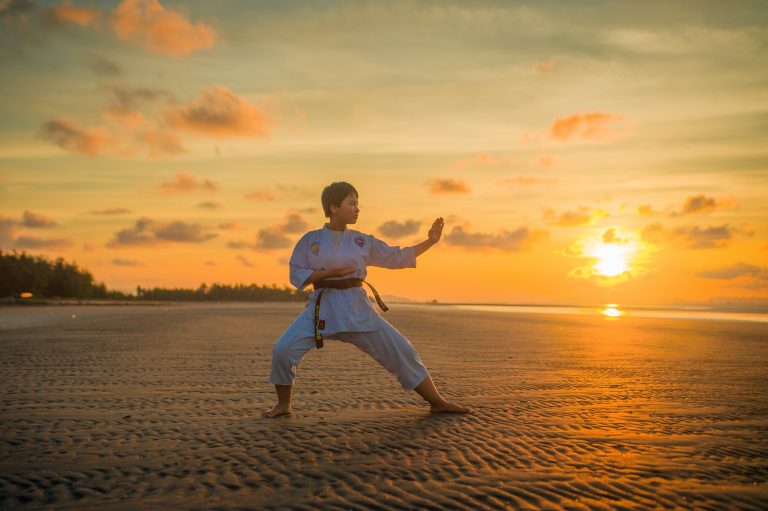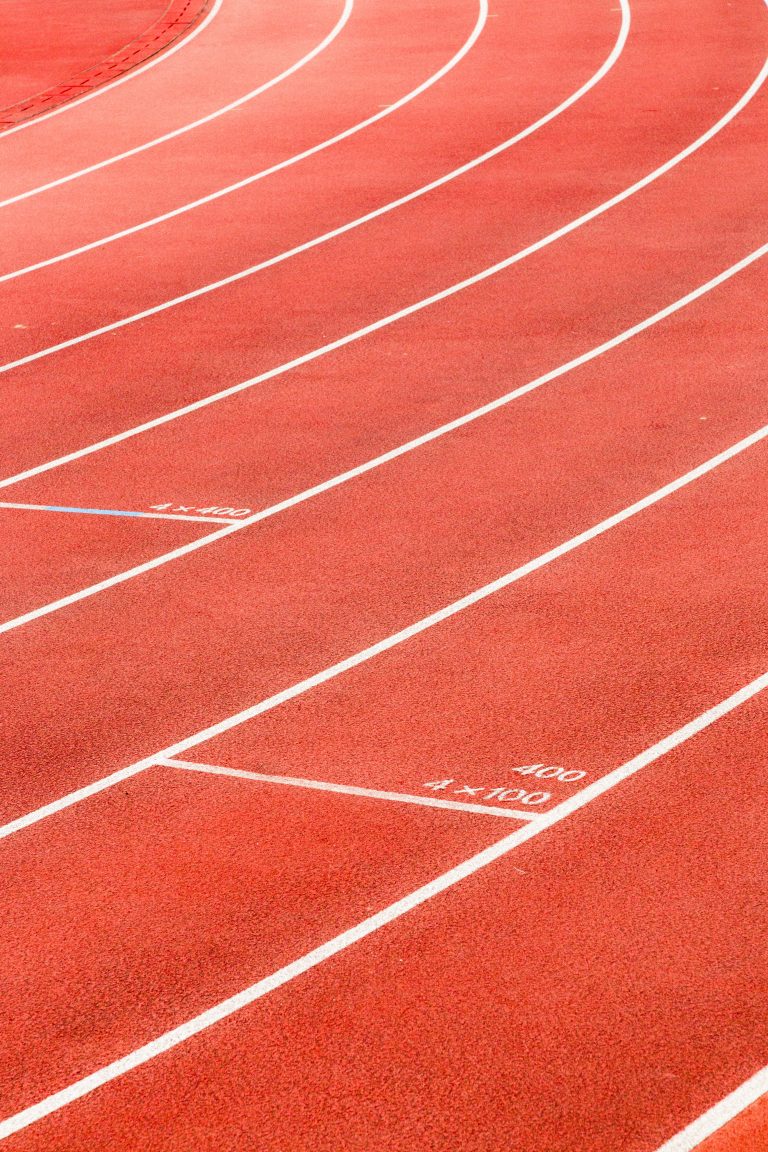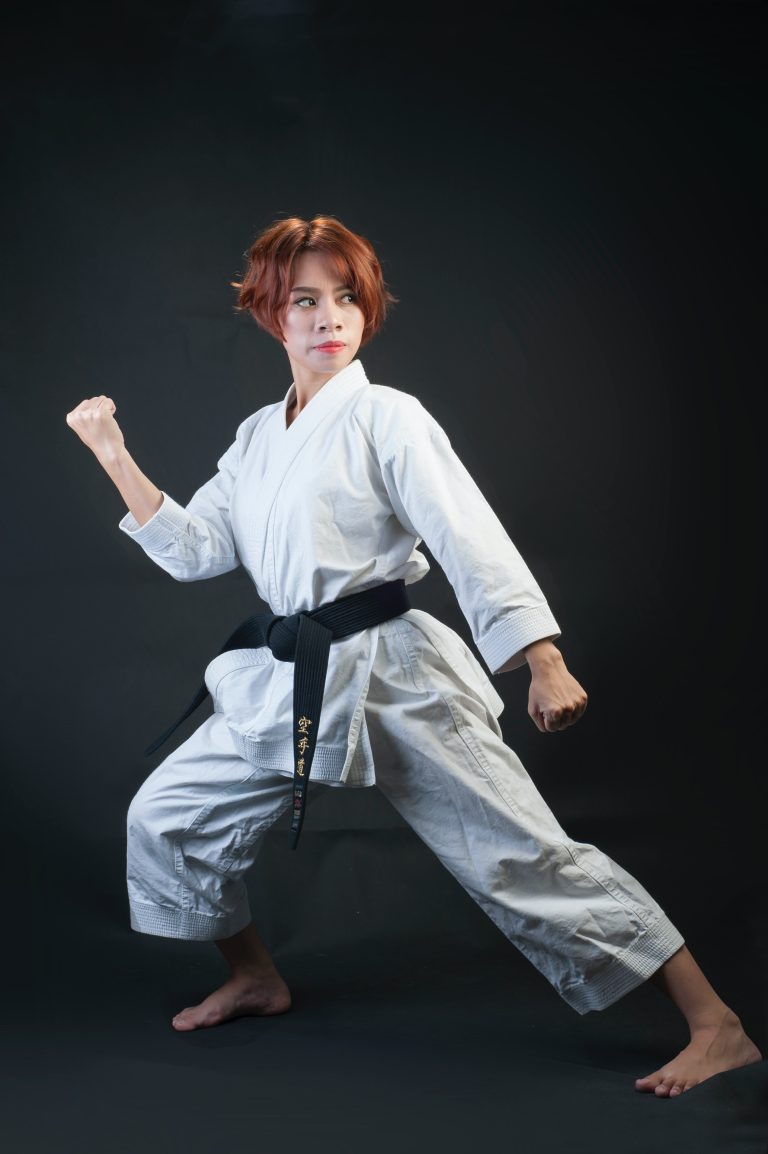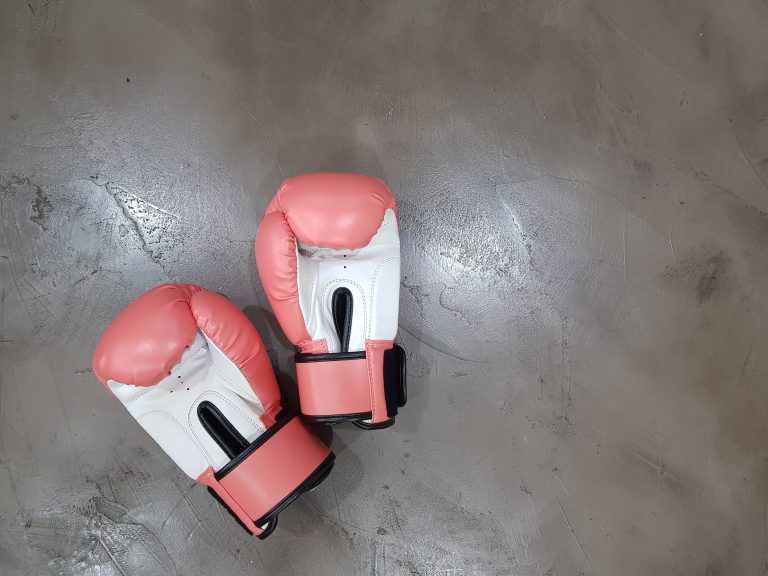Karate: An overview of the martial arts from Japan
Karate is a martial art form that originated in Okinawa, Japan. It involves a series of techniques that are used to defend oneself. Karate has become increasingly popular in the West, with many people participating in karate classes as a way of getting fit and learning self-defense techniques.
History of Karate
Karate has a long history dating back to the 6th century, when Okinawa was invaded by Japanese forces. The Okinawan people were not allowed to carry weapons, so they developed techniques to defend themselves using their hands and feet. These techniques were eventually refined into what is now known as karate.
Karate was introduced to the Japanese mainland in the early 20th century and gradually spread throughout the world as a popular martial art form.
Karate Techniques
Karate techniques involve using one’s body parts as weapons. There are two main types of techniques:
- Striking techniques
- Grapple and joint locking techniques
Striking techniques involve using different parts of the body such as the fists, elbows, knees and feet to attack an opponent. Grapple and joint locking techniques are used to immobilize an opponent by manipulating their joints.
Karate Training
Karate training involves a combination of physical and mental training. Physical training includes techniques such as kicks, punches, and blocks, as well as exercises to develop strength, speed and flexibility.
Mental training involves developing mental discipline, focus and concentration. This is achieved through practices such as meditation and visualization.
Karate Belts
Karate practitioners are awarded colored belts to signify their level of proficiency and experience. The belts start from white, then progress to yellow, orange, green, blue, brown and finally black.
Karate Competitions
Karate competitions involve sparring with an opponent using karate techniques. Competitions are divided based on age, gender and skill level. The objective of a karate competition is to score points by landing strikes on the opponent’s body.
Conclusion
Karate is a popular martial art form that has been practiced for centuries. It involves a combination of physical and mental training, making it an effective way of developing both physical and mental discipline. Karate techniques are used to defend oneself, making it a valuable skill to have. Whether you’re interested in maintaining physical fitness or learning practical self-defense techniques, karate is an excellent choice.
FAQ About Karate
Karate is known around the world as one of the most popular and widely practiced martial arts. Originating from Okinawa, Japan, karate has spread to virtually every country in the world, with millions of people practicing it as a sport, a form of self-defense, and a way to improve their physical and mental health.
If you’re new to karate or considering taking it up, you probably have many questions about this fascinating martial art. Here are some of the most frequently asked questions about karate, along with answers to help you understand this martial art better.
What is karate?
Karate is a martial art that originated from Okinawa, Japan. The word „karate“ means „empty hand“ in Japanese, which means that it is a martial art that primarily uses the hands and feet for striking and defending. Karate is a highly disciplined martial art that focuses on physical fitness, self-defense, and spiritual and mental development.
What are the different types of karate?
There are several different types of karate, including Shotokan, Goju-Ryu, Wado-Ryu, Shito-Ryu, and Kyokushin. Each of these styles has its own unique characteristics, techniques, and philosophies, but they all share the same basic principles and techniques.
What are the benefits of practicing karate?
There are many benefits of practicing karate, including:
- Improved physical fitness
- Increased self-confidence
- Better focus and concentration
- Improved coordination and balance
- Increased flexibility and range of motion
- Stress reduction
- Better self-discipline and self-control
- Increased overall wellbeing and quality of life
Can anyone practice karate?
Yes, anyone can practice karate, regardless of age, gender, or physical condition. However, it is important to consult a doctor before starting any new exercise program, especially if you have any preexisting medical conditions.
What equipment do I need to practice karate?
To practice karate, you will need a karate uniform (gi), a belt (obi), and protective gear such as gloves, shin guards, and a mouth guard. You may also need additional equipment, such as training pads or a training dummy, depending on your specific training regimen.
Is karate a good form of self-defense?
Yes, karate is a highly effective form of self-defense. Through rigorous training, students learn how to strike and defend themselves from a variety of attacks, including strikes, kicks, grabs, and chokes.
What is the role of kata in karate?
Kata is a series of prearranged movements that simulate combat situations. They are an important part of karate training, as they help students develop fluidity, precision, and speed in their movements. They also help students develop mental focus and discipline, as well as a deeper understanding of the principles and techniques of karate.
What is the difference between karate and other martial arts?
Karate is primarily a striking art that focuses on using the hands and feet for offense and defense. Other martial arts, such as judo or jiu-jitsu, focus more on throws, grappling, and joint locks. While there are similarities between different martial arts, each has its own unique techniques, principles, and philosophies.
Can karate be practiced competitively?
Yes, karate can be practiced competitively, both at the national and international levels. Competitive karate involves sparring with an opponent in a controlled environment, with points awarded for successful strikes and defenses.
How long does it take to become proficient in karate?
The length of time it takes to become proficient in karate varies depending on the individual student’s level of commitment, natural aptitude, and training regimen. However, most students can expect to spend several years practicing and training before they achieve a high level of proficiency.
In conclusion, karate is an ancient martial art with deep roots in Japanese culture. It is practiced by millions of people around the world who seek to improve their physical and mental health, learn self-defense, and deepen their understanding of martial arts principles and philosophies. If you’re considering taking up karate, it is important to find a qualified instructor who can guide you in your training and help you achieve your goals.
Inhaltsverzeichnis





